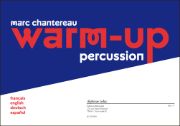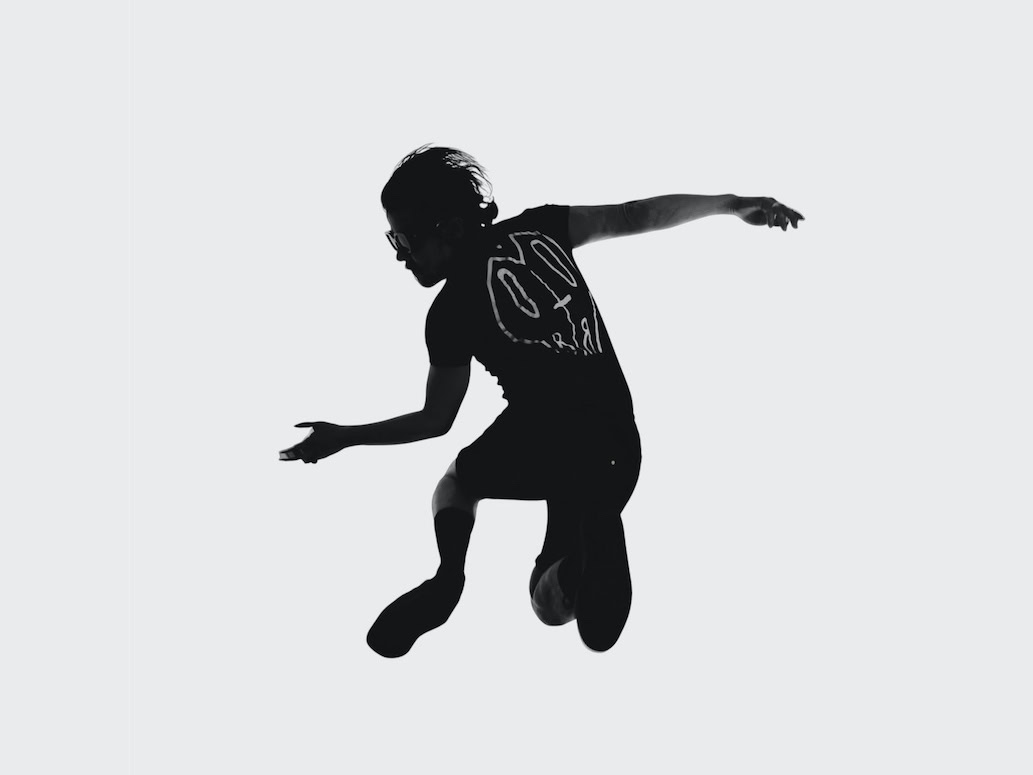With table and metronome
Exercises in rotation technique, as used for mallet instruments, are also very helpful for other percussion instruments.

The rotational movements of the wrist are an essential part of the four mallet technique on mallet instruments. Marc Chantereau's exercises offer ideal training for the coordination of these rotational movements. In his booklet of just under 30 pages warm-up However, the author goes one step further and recommends that drummers also use this technique with one mallet per hand.
With bare hands, table and metronome, the first part of the booklet gets down to business: first, rotational movements between the thumb and little finger are practiced according to a prescribed pattern. The combinations of these individual patterns result in rudiments of the familiar kind, which are then applied in a simultaneous and successive sequence of "beats". During the hand exercises, you can also familiarize yourself with the written-out patterns of the foot accompaniment. According to the author, the obligatory metronome should click at the end, which makes the introduction to the one-bar etudes a challenge at tempi over 200.
The exercises in the first mode are well suited to perfecting arpeggios and rolls on the marimba or vibraphone. In the second section of warm-up Marc Chantereau explains how the rotation technique is used on the snare drum and timpani. The best way to see how this works is to take a look at the playing style of Dutch free jazz drummer Han Bennink.
Marc Chantereau is a classical drummer and co-founder of the French electropop group Voyage, which enjoyed international success in the late 1970s.
Marc Chantereau, warm-up percussion, fr./eng./dt./sp., AL 30605, ca. € 11.40, Alphonse Leduc, Paris 2012









